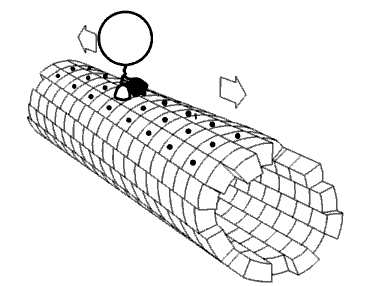
Photo from academic.microsoft.com
Nearly 3% of the U.S.’s gross domestic product is spent on surgical care. Many are hopeful that technological advances will reduce morbidity and lower costs. One such technology that is… Click to show full abstract
Nearly 3% of the U.S.’s gross domestic product is spent on surgical care. Many are hopeful that technological advances will reduce morbidity and lower costs. One such technology that is beginning to play a role in many different surgical procedures is augmented reality (AR) where a virtual image can supplement the real-world scene to enhance surgery. In this article, we will discuss the role of AR in pre-operative planning and will discuss the types of AR used in surgery. We will examine the challenges of bringing AR into the operating room such as meeting the surgeons’ requirement of optimum ergonomic environments to exercise precise movements. Despite the challenges, many studies are showing significant benefits of the virtual image to the surgeon. As a result, more and more surgeons are attempting AR enhanced operations, even complex neurosurgical procedures. Correspondence to: David B Douglas, M.D., Department of Radiology, 300 Pasteur Drive, Room S047, Stanford, CA 94305-5105, USA, Tel: 650-723-4000; ext 14257; E-mail: [email protected]
Journal Title: Bioelectromagnetics
Year Published: 2017
Link to full text (if available)
Share on Social Media: Sign Up to like & get
recommendations!